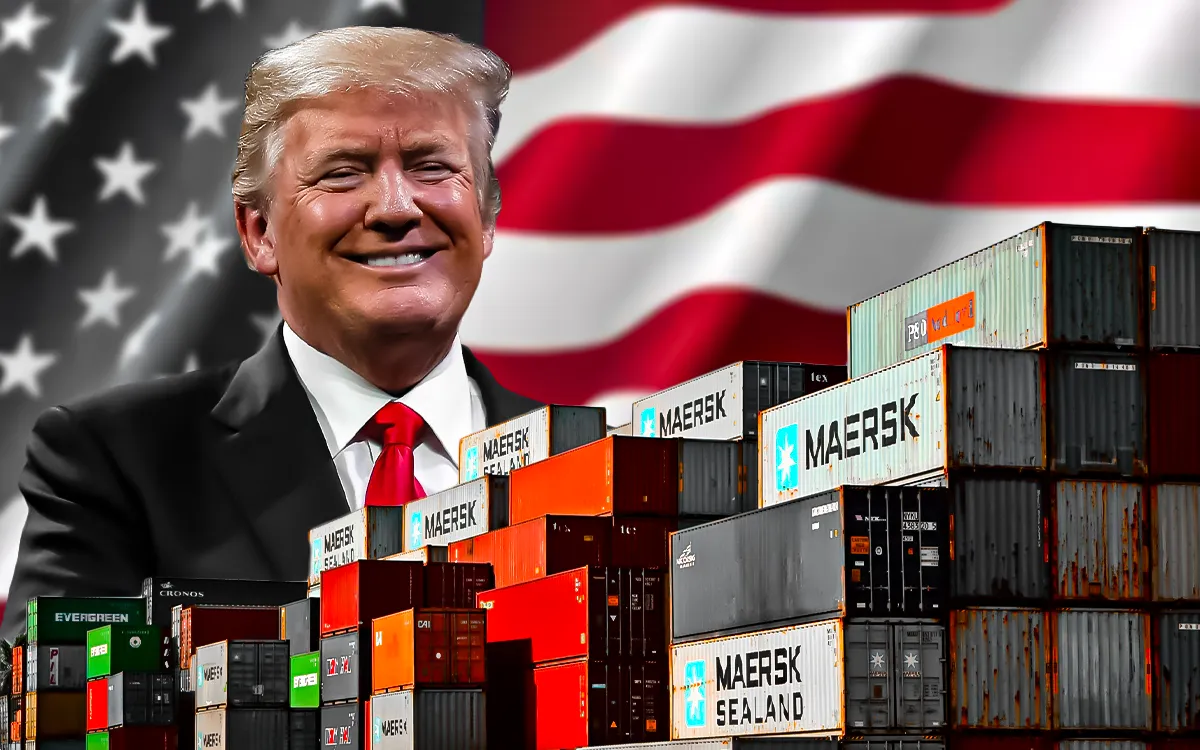
On April 2, 2025, President Donald J. Trump issued a broad list of tariffs with the aim of reshaping the United States' trade relationships and bolstering the country's domestic manufacturing industry. Speaking at the White House Rose Garden, President Trump officially announced the implementation of a 10% baseline tariff on all imported goods, along with additional "reciprocal tariffs" aimed directly at other countries that hold large trade surpluses with the U.S. These steps are scheduled to start on April 5 for baseline tariffs and on April 9 for reciprocal tariffs.
The baseline tariff applies a flat 10% duty on all imports into the U.S. Beyond this, the administration has specified higher reciprocal tariffs for nations that are considered to have significant trade barriers against U.S. goods:
Significantly, Canada and Mexico are exempted from the new reciprocal tariffs temporarily as a result of existing arrangements under the United States-Mexico-Canada Agreement (USMCA) and previous commitments to resolve matters such as drug smuggling.
President Trump justified these tariffs on the grounds of the necessity to address trade deficits, which he described as a national crisis. In 2024, the U.S. trade deficit was at the record high level of $1.2 trillion, driving fears over economic safety and the reliability of domestic industrial bases. The administration aims at using these tariffs to push international trading partners towards lowering their barriers to trade and stimulate the growth of U.S. industries.
The news has elicited a variety of reactions both domestically and internationally. Economists have warned that such sweeping tariffs would lead to increased consumer prices, reduced disposable incomes, and potential retaliatory tariffs from damaged countries. The European Union and China, for instance, have already said they intend to retaliate with countermeasures, risking a global trade war.
Domestically, industry groups have complained of the threat of increased production costs and supply chain disruptions. Other unions, like the United Auto Workers, have endorsed it, with hopes of more jobs in manufacturing sectors.
The application of these tariffs is a stunning shift in U.S. trade policy, leaning more toward protectionism. The path goes against decades of international trade convention and possibly imperils worldwide supply chains. The nations targeted by the tariffs are weighing their options, some to file the formal complaint under the World Trade Organization and others weighing retaliatory tariffs against U.S. exports directly.
President Trump's latest tariff policy represents a turning point in global trade relations, articulating an assertive approach to correct perceived imbalances and safeguard local industries. At the time these tariffs go into effect, their implications for the U.S. economy, global trade blocs, and the global economic order will be keenly monitored.